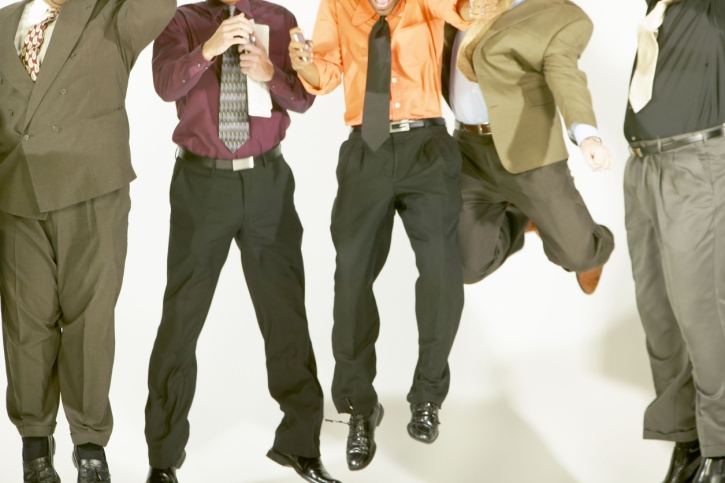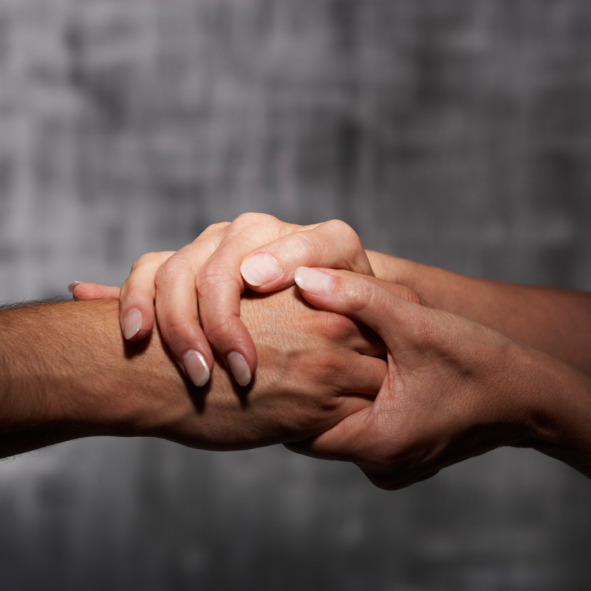THE EXPLOITATION OF EMOTIONS
What do scotch, soda, and whipped topping have in common – other than belonging to the general class of food/drink stuffs?
Answer: Psychologists and advertisers who’ve discovered that joy (or its lack) is big news these days.
Johnnie Walker claims that joy helps people achieve more. Reddi-wip, that we don’t have enough of it daily. And Pepsi, that it’s a great inducement to song and happiness.
All these brands and others capitalize on the state of our hearts and minds, hoping we’ll walk with joy and Johnnie, add whoosh toppings to our meals, and drink more contentedly.
 Jaded? Sure. But there’s a good point hidden by the hype. Which is figuring out how, exactly, to infuse this state of being into our everyday doings. In other words, into our favorite four-letter word: Work.
Jaded? Sure. But there’s a good point hidden by the hype. Which is figuring out how, exactly, to infuse this state of being into our everyday doings. In other words, into our favorite four-letter word: Work.
These days, in our meaderings around the Fortunate 500s and others, we deal with executives, managers, and associates – and watch. A lot. There’s much earnestness. Deliberate conversations. Determination to meet deadlines. Intelligent and often soul-searching questions.
Yet, within all this busyness, there’s not much levity or laughter. Rarely do we see folks smiling when they exit a meeting or town hall. Leaders might throw in a joke or personal aside or two before moving into the main subject. And in cafeterias and break rooms, people occasionally grin when engaged in a personal round-table dialogue. But not much else.
Perhaps our consumer marketers are right: Is it time to embrace the ordinary stuff, to celebrate small wins, and to nurture at-work relationships with joy?
 Tuesday, October 27, 2015 at 12:00PM | in
Tuesday, October 27, 2015 at 12:00PM | in  emotions
emotions 


